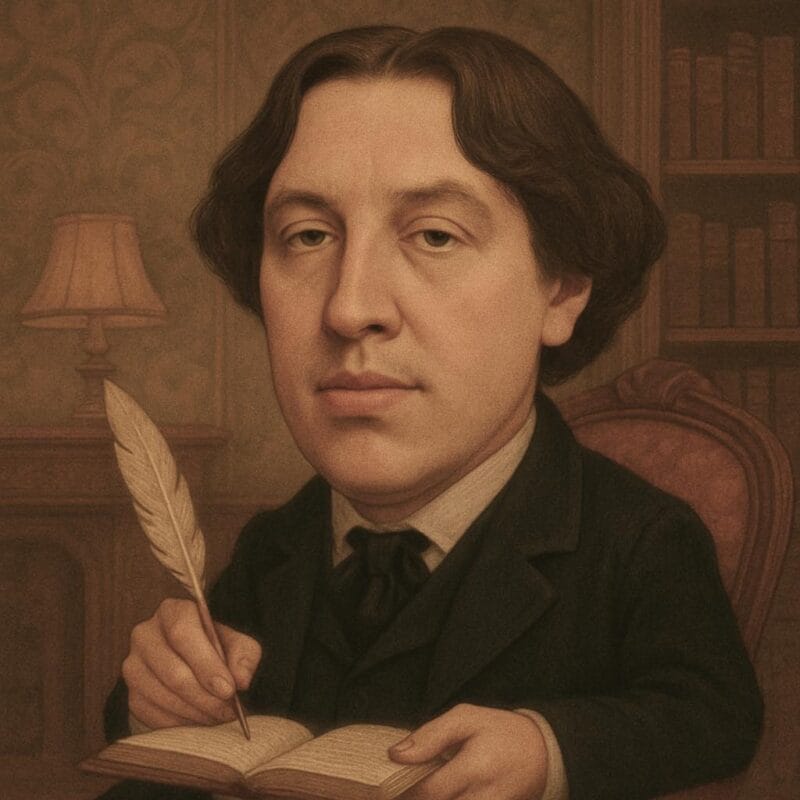A plot twist is a literary technique that introduces a radical change in the direction or expected outcome of the plot in a work of fiction.
A plot twist is a fundamental storytelling device that can transform a predictable narrative into an engaging and memorable one. It introduces an unexpected turn of events, shifting the direction or outcome of the story and often surprising the audience. Whether it’s a sudden revelation of a character’s true identity or an unforeseen event altering the plot’s course, this technique keeps readers on their toes.
In literature, film, and other media, plot twists serve as a crucial factor in maintaining suspense and interest. Classic examples from works such as Gone Girl (2012) and The Prestige (1995) illustrate how these twists can redefine a story’s trajectory. This not only adds depth but also compels the audience to rethink their perception of preceding events.
The use of plot twists is a testament to a creator’s skill in storytelling, as it requires balancing the element of surprise with coherence. When executed well, a plot twist can elevate a narrative, making it more engaging and thought-provoking. This technique, whether subtle or dramatic, plays a pivotal role in distinguishing compelling stories from mundane ones.
Plot Twist Synonyms
There are several terms that convey a similar idea. Common synonyms of “plot twist” include:
- Surprising turn of events
- Unexpected twist
- Plot reversal
- Odd turn
- Unanticipated turn of events
There are also different expressions that highlight various nuances of the term. For instance, “bolt from the blue” underscores the suddenness of the twist.
Examples in Literature
- Bombshell: A shocking revelation that alters the narrative.
- Curveball: A surprising event that changes the story’s direction.
- Epiphany: A sudden realization that dramatically shifts the storyline.
These synonyms are often used to maintain reader interest and deliver impactful storytelling. Each term provides a subtle variation on the concept of altering the plot in an unexpected manner.
| Synonym | Description |
|---|---|
| Surprising turn of events | An unexpected development in the story. |
| Unexpected twist | A twist that no one saw coming. |
| Plot reversal | A change that flips the story’s direction. |
| Odd turn | An unconventional change in the narrative. |
| Bombshell | A shocking and often dramatic twist. |
Different types of plot twists include:
- Red Herrings: False clues leading the audience astray.
- Flashbacks: Revealing previously hidden information.
- Sudden Change of Motives: A character’s intentions unexpectedly shift.
These twists may occur at any point in the narrative but are frequently associated with endings.
Lastly, characteristics of effective plot twists include:
- Unpredictability: The twist isn’t easily guessable.
- Foreshadowing: Subtle hints are planted throughout the story.
- Impact: Changes the audience’s perception of the entire narrative.
Tales from Literature with a Plot Twist
Plot twists have long been a staple in literature, captivating readers with unexpected turns and keeping them on the edge of their seats. Here are some classic and contemporary examples of plot twists in literature that have become iconic:
- The Murder of Roger Ackroyd (1926) by Agatha Christie: In this quintessential mystery novel, Agatha Christie masterfully crafts a plot twist that redefined the genre. The story is narrated by Dr. James Sheppard, who assists the famous detective Hercule Poirot in solving the murder of Roger Ackroyd. The shocking twist reveals that Dr. Sheppard himself is the murderer, a revelation that turns the narrative on its head and challenges the reader’s assumptions about the reliability of the narrator.
- Fight Club (1996) by Chuck Palahniuk: This modern classic is known for its gritty exploration of identity and consumer culture. The plot twist comes when the narrator discovers that Tyler Durden, the charismatic leader of Fight Club, is actually a figment of his own imagination. This revelation forces the narrator—and the reader—to reassess everything that has happened in the story, highlighting themes of duality and self-destruction.
- Gone Girl (2012) by Gillian Flynn: Gillian Flynn’s psychological thriller is a masterclass in unreliable narration and plot twists. The story follows the disappearance of Amy Dunne and the subsequent media frenzy and police investigation. Halfway through the book, a twist reveals that Amy has orchestrated her own disappearance to frame her husband, Nick, for her murder. This twist not only shocks readers but also delves into the complexities of marriage and media manipulation.
- Life of Pi (2001) by Yann Martel: In this philosophical adventure novel, the protagonist, Pi Patel, survives a shipwreck and shares a lifeboat with a Bengal tiger named Richard Parker. The plot twist occurs towards the end, when Pi offers an alternative, more brutal version of his survival story, suggesting that the animals in his tale were actually human survivors. This twist challenges readers to consider the nature of storytelling and the ways in which we cope with trauma.
- The Turn of the Screw (1898) by Henry James: This classic ghost story leaves readers questioning the nature of reality and sanity. The story revolves around a governess who starts to believe that evil spirits are haunting the kids under her care. The twist is less about sudden, dramatic revelations and more about the gradual unraveling of the narrator’s reliability and the increasing tension between reality and imagination. This nuanced approach to plot twists contributes to the novella’s haunting and enigmatic quality, leaving readers with lingering questions about the true nature of the events and characters.
- Shutter Island (2003) by Dennis Lehane: This psychological thriller follows U.S. Marshal Teddy Daniels as he investigates the disappearance of a patient from a mental institution on Shutter Island. The plot twist reveals that Teddy is actually a patient himself, and his investigation is a role-playing exercise designed by the doctors to help him confront his delusions. This twist forces readers to reconsider the entire narrative and the reliability of the protagonist’s perspective.
- Atonement (2001) by Ian McEwan: This metafictional novel spans several decades and explores themes of love, war, and the consequences of a single lie. The plot twist occurs when it is revealed that the happy ending between the protagonists, Cecilia and Robbie, was a fabrication by Briony, the narrator. In reality, they both died during World War II. This twist underscores the novel’s exploration of guilt, redemption, and the power of storytelling.
Plot twists are not exclusive to films and novels. TV shows like Breaking Bad and Game of Thrones frequently employ plot twists that leave audiences eagerly anticipating the next episode.
Further Reading
The Art of Plot Twists: A God-Tier Guide by Banapsha, Medium
The Fine Art of Incredible Plot Twists by Elizabeth Day, CrimeReads
Let’s Do The Twist – The Art and Science of The Plot Twist by Janice Hardy, Janine Hardy’s Fiction University
The Art of the Twist: Celebrating O. Henry’s Timeless Tales by Kirk Barbera, Troubadour




